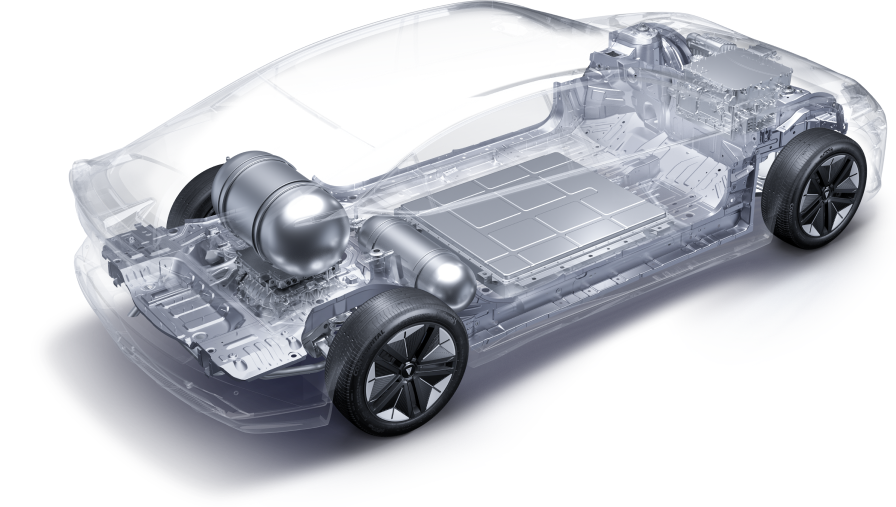The automotive world is on the cusp of a transformation so profound that historians may one day call it the electric revolution. For decades electric vehicles (EVs) were niche products limited in range slow to charge and priced for early adopters only. Yet today, the landscape is shifting at a breakneck pace driven by advancements in battery technology, policy incentives and a new generation of visionary automakers. From the bustling streets of Shanghai to the highways of California the race is on and no region is watching from the sidelines.
A Turning Point in EV Technology-Changan solid-state EV battery
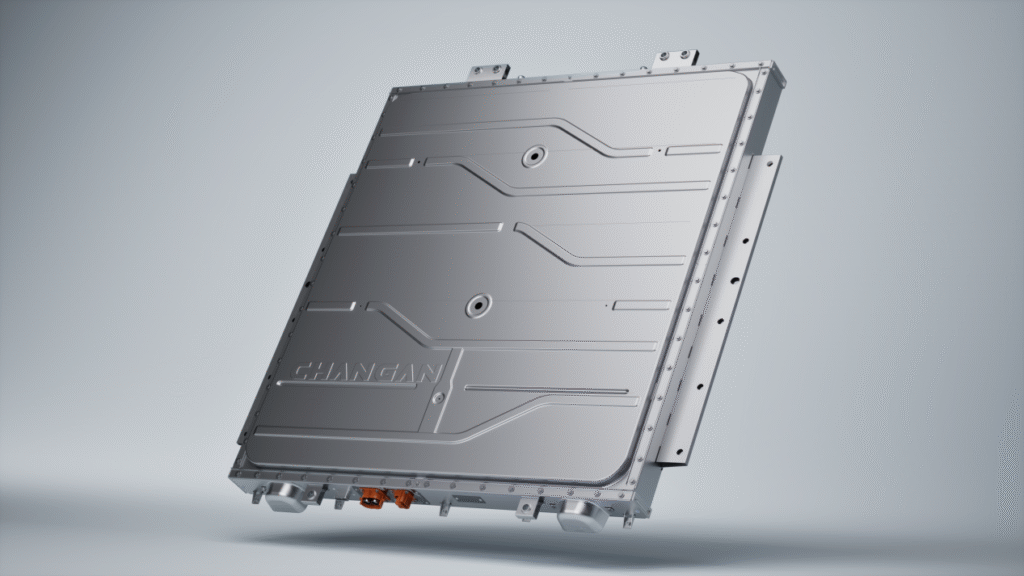
In early 2025, Chinese automaker Changan unveiled a solid-state EV battery boasting a claimed range of 932 miles (1,500 km) on a single charge. Solid-state batteries have long been the holy grail of EV technology promising higher energy density, enhanced safety and longer lifespan compared to conventional lithium ion packs. The implications are massive longer drives without charging. lighter battery packs reducing vehicle weight and fewer safety concerns around overheating or fires.
This innovation doesn’t exist in isolation. European giants like Volkswagen and BMW are aggressively investing in next-generation lithium-metal and solid-state chemistries. while U.S. automakers including Ford and Tesla are expanding battery production through strategic partnerships. The global narrative is clear: range anxiety once the biggest barrier to adoption is quickly becoming a relic of the past.
Markets and Momentum
Global EV sales have skyrocketed over the past decade. In 2016 approximately 918,000 EVs were sold worldwide. By 2024, that number surged to 18.78 million units reflecting both consumer demand and industrial capacity growth. China continues to lead accounting for nearly 60% of global EV sales. while Europe and the U.S. are closing the gap with aggressive subsidies tax incentives and infrastructure expansion. Emerging markets particularly in Southeast Asia and Latin America are also beginning to see the ripple effects as urbanization drives demand for clean efficient transportation.
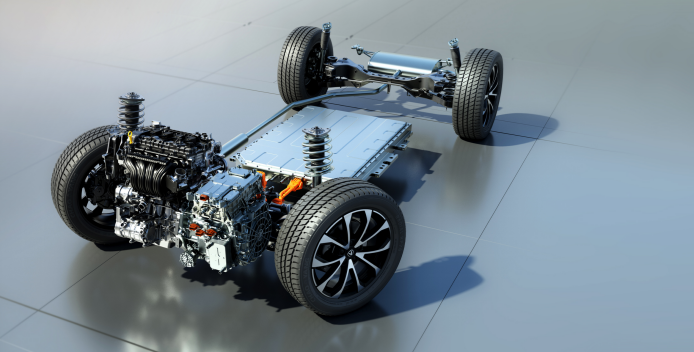
Automakers are not just building vehicles they are reshaping ecosystems. Charging infrastructure smart grids, battery recycling and second-life applications are becoming integral parts of the EV value chain. Companies that control these elements will likely dominate the next decade of mobility.
The Solid-State Era and Global Competition
Solid-state technology is not just about range. It also reduces charging time dramatically enhances thermal stability and extends battery lifespan by hundreds of thousands of km. Changan’s announcement sent a clear signal to global competitors adapt fast or risk being left behind.
European automakers, long known for their engineering precision are doubling down on partnerships with battery innovators in Sweden, Germany and France. Tesla meanwhile continues to push its 4680 cells and advanced cathode chemistry to ensure U.S. production stays competitive. The race is no longer just about vehicles. it is about who controls the next-generation energy source powering them.
Policy as a Catalyst
Governments play a critical role in accelerating adoption. Across the globe regulatory frameworks are evolving to favor zero-emission vehicles. The European Union has set ambitious CO₂ reduction targets, pushing automakers toward BEVs and hybrids with strict fleet emission caps. The United States through programs like the Inflation Reduction Act. is incentivizing domestic EV production and battery manufacturing. Similarly China’s new guidelines favor high-range- low-cost EVs creating a fertile ground for mass adoption.
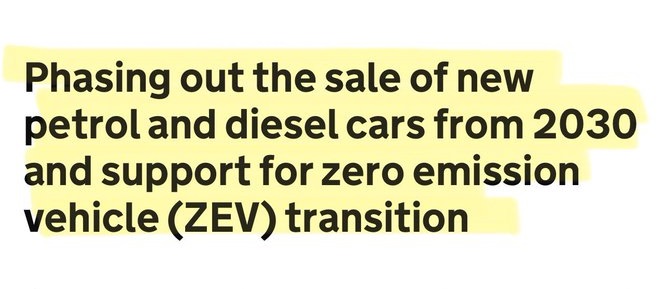
These policies do more than encourage sales they shape infrastructure planning, determine charging station density and influence urban mobility strategies. Cities like Oslo, Amsterdam and Los Angeles are becoming laboratories for sustainable transportation proving that policy and innovation must go hand in hand.
Consumer Evolution: From Novelty to Necessity
The global consumer mindset is shifting. Early adopters bought EVs for status or environmental reason but today’s buyers are increasingly motivated by total cost of ownership, reliability and technology features. Vehicles like Tesla’s Model Y, VW ID.4 and BYD’s Tang demonstrate that EVs can compete with internal combustion vehicles not just in environmental impact but in convenience, performance and price.
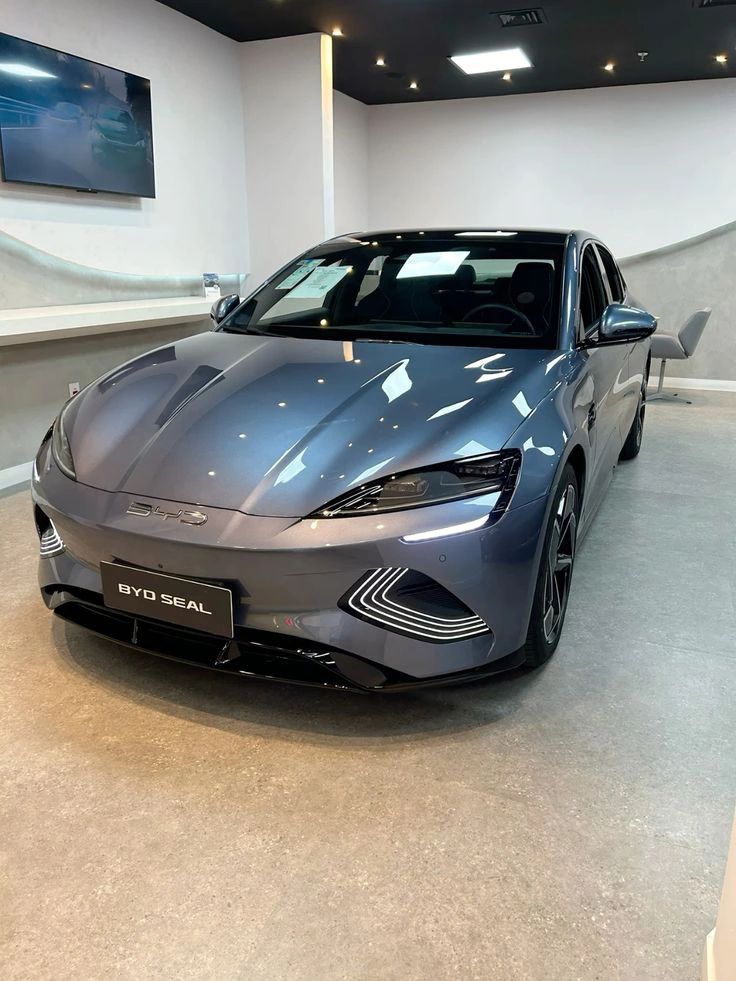
Global surveys indicate that consumers are increasingly considering EVs for family use long-distance travel and commercial applications. Fleet operators, logistics companies and municipal transit authorities are now evaluating EVs not as experiments but as cost-effective long-term solutions.
Beyond Cars: The Integrated EV Ecosystem
EVs are just the beginning. Energy storage, smart grids, vehicle-to-grid integration and renewable charging solutions are all converging. Companies like Nissan, Hyundai and Rivian are exploring bi-directional charging, allowing vehicles to supply energy back to homes or grids during peak demand. This integration transforms EVs from simple transport devices into key components of a sustainable energy ecosystem.
Battery recycling and second-life applications are also gaining attention. Solid-state batteries once they reach end-of-life can be repurposed for grid storage or industrial use extending value chains and reducing environmental impact. Forward-thinking companies are building these circular strategies into their business models, ensuring sustainability is not just a marketing term but an operational reality.
Challenges Ahead
Despite remarkable progress the EV revolution faces hurdles. Supply chain bottlenecks, particularly in lithium, cobalt and nickel. threaten production scalability. Geopolitical tensions can disrupt global battery supply and manufacturing partnerships. Charging infrastructure in developing regions lags far behind urban centers. Moreover the push toward solid-state batteries while promising still faces technical and commercial scaling challenges before widespread adoption.
Yet, history suggests that innovation thrives under constraints. Just as the Model T overcame industrial limitations to democratize transportation. today’s automakers are poised to overcome technological and infrastructural barriers, making EVs mainstream and accessible globally.
The Global Implication
The electrification of transportation is no longer confined to individual countries. it is a global imperative. Nations that embrace EVs innovation, invest in infrastructure and align policies with market dynamics will shape the next decade of mobility. For global automakers. this is a test of agility, strategy and vision. Those who move decisively stand to capture not just market share but the moral high ground in the race for sustainable mobility.
The solid-state battery announcements, policy frameworks and consumer shifts indicate that we are at the dawn of a new era one where EVs are not niche, not experimental, but central to daily life across continents. From electric buses in London to long-range EV trucks in Shanghai and smart urban fleets in Los Angeles the world is collectively stepping toward a cleaner more sustainable and technologically advanced future.

The global EV story is still unfolding but the trajectory is unmistakable. With each technological breakthrough, policy intervention and consumer adoption milestone. we move closer to a world where electric mobility is the norm not the exception. The race is no longer just about cars. it is about redefining energy, reshaping cities and ensuring that transportation aligns with the urgent needs of our planet.
As EVCarBazaar continues to track these developments, one truth remains clear the future of mobility is electric, global and unstoppable. The question is not if, but how quickly the world can adapt to the new standard of transportation.

